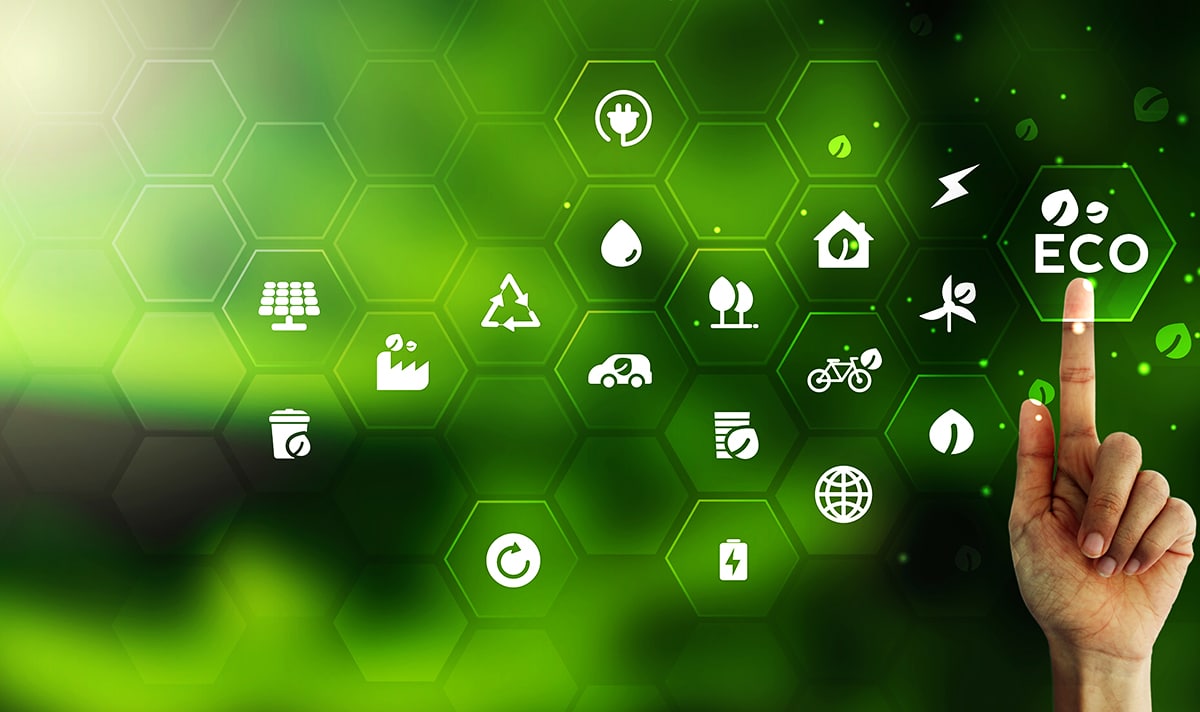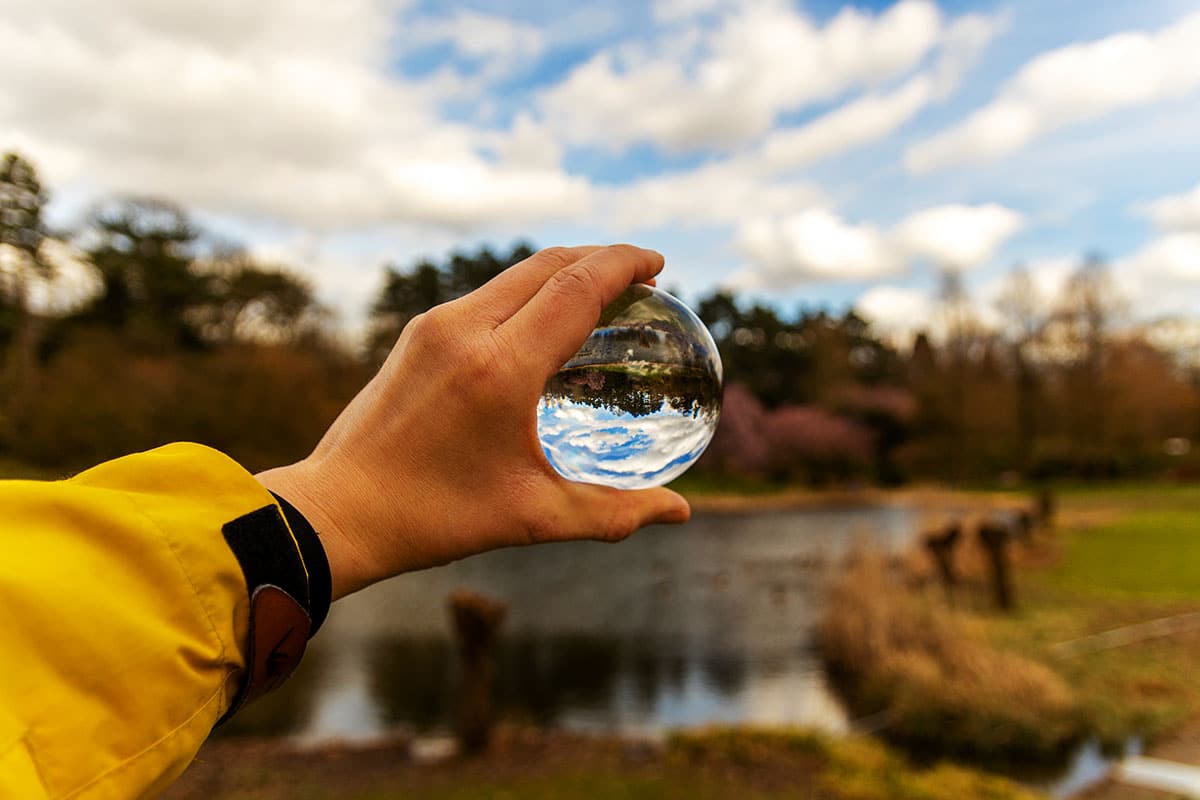Our rivers are much more than just a source of water; they are the lifelines that sustain entire ecosystems and provide countless benefits to humans and wildlife alike. From providing drinking water and irrigation to offering recreational opportunities and supporting diverse biodiversity, rivers play a critical role in our daily lives. However, with increasing industrialization, urbanization, and pollution, our rivers are facing unprecedented threats. It is crucial that we recognize the importance of preserving these lifelines for future generations and take active steps to safeguard them.
The Importance of Rivers
Rivers are vital for numerous reasons. They serve as a primary source of drinking water for many communities worldwide. In fact, according to the World Health Organization (WHO), over one-third of the world’s population depends on rivers and lakes for their drinking water needs. In addition to being a vital resource for human survival, rivers also play a crucial role in agricultural practices. By providing irrigation, they enable farmers to cultivate their crops and sustain food production.
Beyond their direct utility, rivers also have immense intrinsic value. They support a staggering amount of biodiversity, making them ecosystems in their own right. Rivers serve as habitats for countless species of fish, amphibians, reptiles, birds, and mammals. They provide breeding grounds, food sources, and shelter, forming a complex web of life that is interdependent and delicate.
Rivers also offer recreational opportunities for people of all ages. Whether it’s fishing, boating, or enjoying a peaceful stroll along the riverbanks, these activities provide immense benefits for our mental and physical well-being. Moreover, rivers have cultural significance and often hold deep spiritual value for many communities around the world. Protecting and preserving rivers is not just an environmental issue; it is an ethical and cultural responsibility.
Challenges Facing Our Rivers
Despite their importance, our rivers face numerous threats that jeopardize their health and long-term sustainability.
Water Pollution:
One of the most significant challenges is water pollution caused by industrial activities, improper waste disposal, and inadequate wastewater treatment systems. Chemical pollutants, plastics, and heavy metals find their way into rivers, leading to serious ecosystem degradation and health risks for both humans and wildlife. The release of nutrients from agricultural runoffs and untreated sewage also contributes to water pollution, leading to harmful algal blooms and depleting oxygen levels in the water, resulting in the death of aquatic organisms.
Dams and River Diversion:
Another threat to rivers is the construction of dams and diversions, primarily for hydropower generation and irrigation purposes. While these projects offer benefits such as renewable energy and water storage, they often come at the expense of disrupting natural river flow, impeding fish migration, and causing habitat fragmentation. Dams also alter the sediment dynamics, degrade water quality, and adversely impact downstream ecosystems.
Over-Extraction of Water:
Excessive water extraction from rivers for industrial use, agriculture, and urban consumption is depleting river flow and negatively impacting downstream areas. Many rivers are now experiencing reduced flows and, in some cases, complete drying, leading to severe ecological repercussions. In addition, excessive pumping of groundwater from aquifers connected to rivers can also deplete river water levels and harm riparian ecosystems.
Preserving Our Rivers: What Can We Do?
Preserving our rivers requires collective efforts from governments, communities, and individuals. Here are some key steps that can help safeguard these lifelines for future generations:
1. Strengthen Water Pollution Regulations:
Governments need to enforce strict regulations on industrial waste disposal and wastewater treatment to prevent contaminants from entering our rivers. Industries should adopt innovative and sustainable practices to minimize pollution and promote circular economy principles.
2. Invest in Wastewater Treatment Infrastructure:
Upgrading and expanding wastewater treatment plants is crucial to ensure proper treatment of sewage and reduce pollution loads entering rivers. Governments should allocate sufficient funds to improve infrastructure and promote the use of advanced treatment technologies.
3. Promote Sustainable Agricultural Practices:
Encouraging farmers to adopt sustainable agricultural practices, such as precision irrigation, organic farming, and contour plowing, can reduce water pollution from agricultural runoffs and mitigate the impacts on river ecosystems.
4. Establish Protected Areas and River Reserves:
Designating protected areas and establishing river reserves can help conserve critical habitats and safeguard biodiversity. These areas should be managed and monitored effectively to ensure sustainable use and protection of rivers and their surrounding ecosystems.
5. Support River Restoration Projects:
Investing in river restoration projects, such as dam removals, fish passages, and reforestation along riverbanks, can help restore natural river processes, improve water quality, and enhance habitat connectivity. Governments and organizations should provide financial and technical support for such initiatives.
6. Promote Public Awareness and Education:
Creating awareness among the public about the importance of rivers and their conservation is crucial. Educational programs, campaigns, and community engagement initiatives can raise awareness and encourage individuals to adopt water-friendly practices in their daily lives.
Summary
Preserving our rivers is not just an environmental imperative; it is vital for the well-being and sustainability of future generations. By recognizing the importance of rivers as lifelines, we can take proactive steps to safeguard them. From strengthening water pollution regulations to promoting sustainable practices in agriculture and investing in river restoration projects, there are numerous ways we can protect our rivers. By prioritizing the preservation of these vital ecosystems, we can ensure the availability of clean water, support biodiversity, and create a sustainable future for all.




